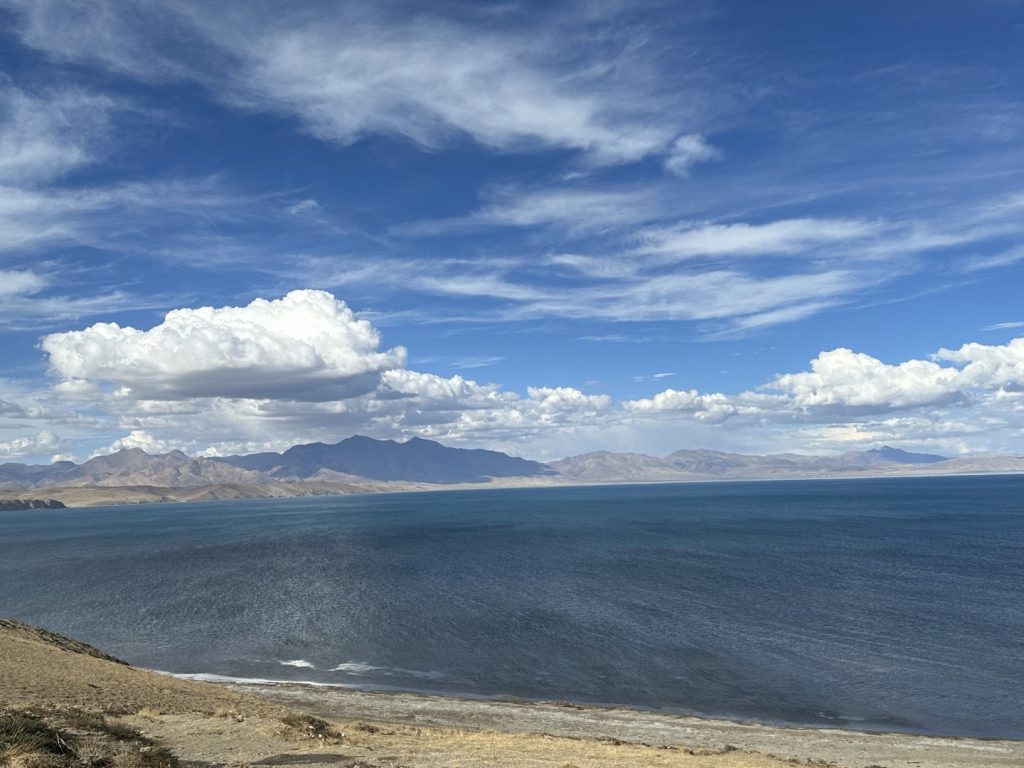The Kailash Mansarovar Yatra is a deeply spiritual and adventurous journey, requiring both physical preparation and awareness of practical aspects. Here are some essential things you need to know before embarking on this pilgrimage to ensure a smooth and fulfilling experience.

1. Know the Location: Tibet Autonomous Region, China
Mount Kailash and Lake Mansarovar are located in the Tibet Autonomous Region (TAR) of China, one of the most remote and restricted places in the world. Situated in the western part of Tibet, this area is not easily accessible, and travelers need to navigate complex regulations.
The altitude is a major factor, with Mount Kailash standing at 6,638 meters (21,778 feet), making it an extreme environment for visitors. Additionally, as Tibet is politically sensitive, you’ll need more than just a Chinese visa to enter. You must also acquire a Tibet Travel Permit, which can only be arranged by a registered travel agency in China.
This permit allows you to visit specific areas within Tibet and ensures that you follow the correct routes and itineraries approved by the Chinese government. Knowing the location and its political dynamics is essential to avoid complications during your journey.
2. Restricted Items: No Dalai Lama Photos or Religious Materials
When traveling to Tibet, you need to be extremely careful about the items you carry, especially those related to the Dalai Lama or Tibetan independence. Tibet, as governed by China, has strict rules concerning political and religious materials, particularly anything depicting or referencing the Dalai Lama.
Carrying such items can lead to serious repercussions, including confiscation of your belongings, fines, or even being barred from entering Tibet. This rule applies to books, posters, photos, or even images on digital devices such as your phone or laptop.
Removing these items beforehand will save you the hassle at border checks and ensure that your pilgrimage is not interrupted by legal issues.
3. Prepare for Cold Weather: Layered Clothing is Essential
The weather in Tibet, especially around Mount Kailash and Lake Mansarovar, can be unpredictable and extremely cold, even during the warmer months. Temperatures at high altitudes can drop significantly, especially at night, so being underprepared could lead to discomfort or worse, cold-related illnesses.
The region’s high altitude and wind-chill factor make layered clothing essential. You’ll want to bring thermal wear, waterproof and windproof jackets, and proper headgear like woolen hats and gloves to protect yourself from the elements.
Without proper gear, exposure to the cold could result in hypothermia or frostbite, which can put your entire yatra at risk. Packing the right clothing ensures that you are ready to face the changing climate and fully enjoy your pilgrimage.
4. Acclimatization is Crucial: Dealing with High Altitude
Mount Kailash and Lake Mansarovar are located at very high altitudes, which makes acclimatization a crucial aspect of your journey.
Traveling at altitudes above 4,500 meters (14,764 feet) can cause acute mountain sickness (AMS) if your body is not adequately prepared. AMS can manifest as headaches, nausea, dizziness, and fatigue, and in severe cases, it can lead to life-threatening conditions like high-altitude pulmonary edema (HAPE) or cerebral edema.
To avoid these risks, it’s essential to spend a few days acclimatizing at lower altitudes, such as in Darchen before starting the trek. Drink plenty of water, avoid alcohol, and walk slowly to allow your body to adjust.
Carrying medications like Diamox can also help prevent AMS, but make sure to consult with a doctor beforehand. Proper acclimatization will ensure that you can complete the pilgrimage safely and without any health complications.
5. Tibetan Cuisine: Bring Snacks for Extra Energy
Food in Tibet may not suit everyone’s palate, particularly for those unfamiliar with local dishes like tsampa (barley flour) or butter tea. The cuisine is simple, often heavy on yak meat and dairy products, which can be difficult to digest, especially at high altitudes where the body’s appetite often decreases.
While you’ll have access to meals provided by guesthouses and local teahouses, bringing your own snacks can be a lifesaver. High-energy, easily digestible snacks such as nuts, protein bars, dried fruits, and instant noodles can provide the additional nutrition you’ll need during the physically demanding yatra.
Having familiar foods with you can ensure that you maintain your energy levels and avoid the discomfort of eating food that may not agree with your system.
6. Expect Basic Accommodations: Prepare for Minimal Amenities
The Kailash Mansarovar route offers very basic accommodation options, especially as you approach remote areas like Darchen and beyond. Guesthouses along the route are often simple and may lack basic amenities such as heating, hot water, or private bathrooms.
Understanding this beforehand is essential to managing your expectations and preparing accordingly. To ensure comfort during your stay, pack a warm sleeping bag, a travel pillow, and earplugs to drown out any noise from shared sleeping quarters.
Hygiene can also be an issue in these remote areas, so carry items like toilet paper, wet wipes, and hand sanitizer. Being well-prepared for these conditions will allow you to focus on the spiritual aspects of your journey without being overwhelmed by the lack of comfort.
7. Travel with a Group or Guide: Ensuring Safety and Support
The Kailash Mansarovar Yatra is not an ordinary trek—it takes you through remote and challenging terrain where resources and help can be limited. Traveling with an experienced guide or in a group is highly recommended to ensure your safety.
Guides not only help with the logistical aspects, such as obtaining permits and arranging transportation, but they also provide invaluable support by offering local knowledge and assisting with acclimatization. If you face any health or safety issues, a guide can act quickly to ensure you receive the necessary help.
Moreover, in a politically sensitive region like Tibet, traveling with an organized group minimizes the risk of legal complications. A good guide can make the entire experience much smoother and more enjoyable.
8. Connectivity: Stay Connected with a Few Adjustments
Although Tibet is remote, connectivity is well-developed in most areas, including near Mount Kailash and Lake Mansarovar. Travelers can purchase a local SIM card at the Tibetan border and easily top up for mobile data. However, it’s important to note that access to certain social media platforms and websites is restricted due to Chinese internet regulations.
WeChat is widely used and functions smoothly, so it’s a good idea to activate a WeChat account before starting your journey. If you want to access other blocked platforms, you’ll need to download and set up a VPN before entering Tibet, as VPN services may not be available for download within the region.
Staying connected to family and friends is possible, but managing expectations regarding internet restrictions will allow you to focus more on the spiritual journey without being overly concerned about connectivity.
Conclusion
The Kailash Mansarovar Yatra is a journey of immense spiritual and physical significance. By preparing adequately—whether it’s securing the right permits, packing the right gear, or understanding the challenges of traveling in Tibet—you can ensure a safe and fulfilling experience. From understanding local customs and political sensitivities to acclimatizing for the high altitudes, each aspect of the journey requires careful planning. Taking these precautions will allow you to fully immerse yourself in the profound spiritual experience of the yatra. Stay prepared, stay safe, and embrace the sacred journey ahead.
